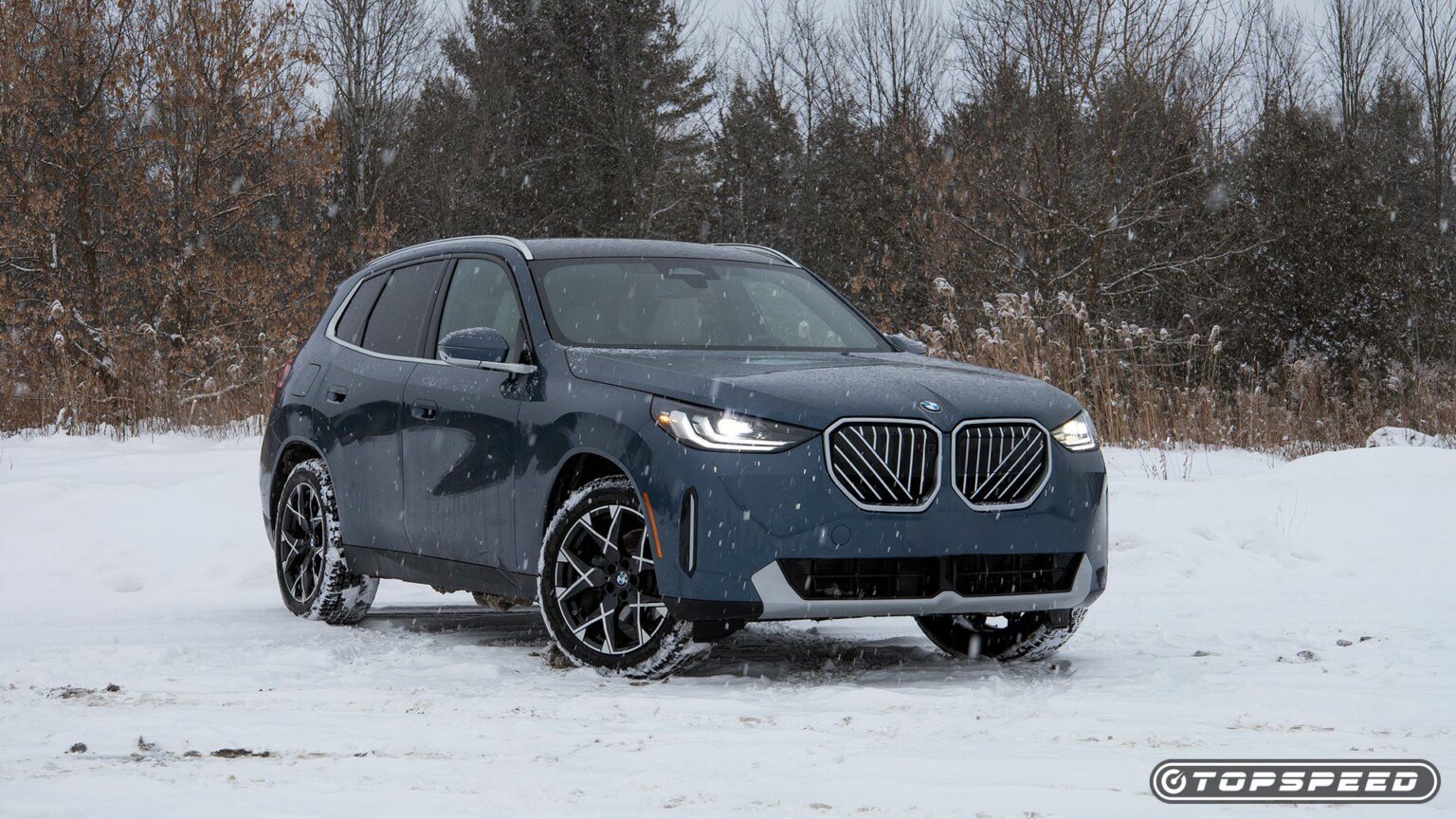It’s no surprise now that Donald Trump’s on-again, off-again trade actions are causing serious headaches for the auto industry. Today’s automakers currently rely on a globally integrated supply chain to build their vehicles, and while most carmakers have facilities in the U.S., the stark reality is that selling a 100-percent built-in-America automobile is no easy task. Each automaker is therefore tackling the situation in a different manner.
Over in Europe, we’re already seeing efforts to lower the production cost of cars, particularly electric vehicles (EVs), in an attempt to increase profit margins. That’s because the European Union faces both U.S. tariffs and a relentless Chinese machine, something the American auto industry could learn a few lessons from. But here, automakers are banking on U.S.-bound manufacturing, or in BMW’s case, increasing its current U.S. output.
BMW Wants To Increase Spartanburg Production
BMW’s entire lineup of SUVs, except for the entry-level X1 and X2, are built in the U.S. at the automaker’s Spartanburg plant in South Carolina. This includes the X3, X4, X5, X6, and X7. As reported by Automotive News, on April 10, executives from the German carmaker told analysts during an investor call that, in a way to appease President Donald Trump as he engages in a trade war with the entire planet, BMW is currently considering increasing its Spartanburg output by up to 80,000 units a year.
However, this has not yet been confirmed, and it’s still unclear if some retooling will be required to allow Spartanburg to increase production. But according to BMW’s own executives, the company currently has 30 days’ worth of inventory in the U.S., including parts, which should allow it to maintain its current pricing up until the end of May. This gives BMW enough time to set itself up in the event that Trump’s tariffs return. For now, these tariffs are frozen for 90 days, with rumors of the freeze lasting longer than that. But who knows what sudden direction Trump might take next?
- BMW’s South Carolina plant currently builds the X3, X4, X5, X6, and X7 SUVs.
- The automaker would like to boost annual production by up to 80,000 units per year.
- The BMW Spartanburg plant is in a tariff-free location.
There’s also a bit of relief at BMW’s Spartanburg plant due to the fact that, for now, it’s currently located in a free-trade zone, which allows it to import parts from Europe without being hit by tariffs. However, the current uncertainty caused by Trump’s erratic trade actions could soon change this.
A New X3 And, Soon, A New X5 As Well
In the U.S., BMW’s South Carolina plant is a crucial location for its North-American SUV operations. In an average year, it’s responsible for pumping out up to 450,000 SUVs, which are currently the driving force behind BMW’s U.S. and Canadian sales.
The Bavarian giant also recently overhauled its popular X3 compact crossover, which sells at an average of 50,000 units in the U.S. each year. And, soon, we’ll see BMW apply an important generational overhaul to the X5, another popular midsize SUV for the automaker which generates, on average, similar sales numbers as its little brother. BMW SUVs are therefore tremendously important for the brand, which is why it’s totally understandable to see the automaker wanting to boost U.S. production as a way to appease Trump’s trade policies. This is, of course, an ongoing story, one which we’ll keep following closely and report back here as we know more.
Read the full article here


